To Beep or Not to Beep (1963)
To Beep or Not to Beep (1963)


Plot.
Where to Watch.
Media.

Details.
Release DateDecember 27, 1963
StatusReleased
Running Time7m
Content RatingNR
Genres
Last updated:
This Movie Is About.
Wiki.
To Beep or Not to Beep is a Merrie Melodies animated short starring Wile E. Coyote and the Road Runner. Released on December 28, 1963, the cartoon was written by Chuck Jones, John Dunn, Michael Maltese (albeit uncredited), and directed by Jones, Maurice Noble and Tom Ray were the co-directors (albeit the latter is left uncredited). This is the penultimate Road Runner/Wile E. Coyote short that Chuck Jones directed at Warner Bros. during the original "classic" era. This is also the final Warner Bros. cartoon released in 1963.
The title is a play on the famous line in William Shakespeare's play Hamlet. This installment of the Coyote-Road Runner series marked the first time that no Latin-esque terms are used to indicate who each character is.
Almost all of the footage was originally made as part of a 1962 television pilot named Adventures of the Road Runner. The pilot was rejected by ABC, and several gags from the short were rearranged into this cartoon in a cost-cutting measure (a similar practice was used in the Three Stooges two-reelers of the mid-to-late 1950s). A whole new soundtrack was crafted by musician Bill Lava and editor Treg Brown.
You May Also Like.
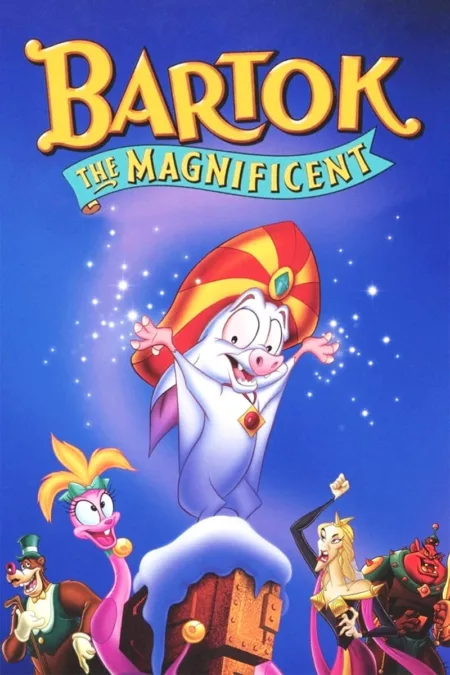
Bartok the Magnificent (1999)

50 Greatest Harry Potter Moments (2011)

Ebirah, Horror of the Deep (1966)

The Quiet Man (1952)
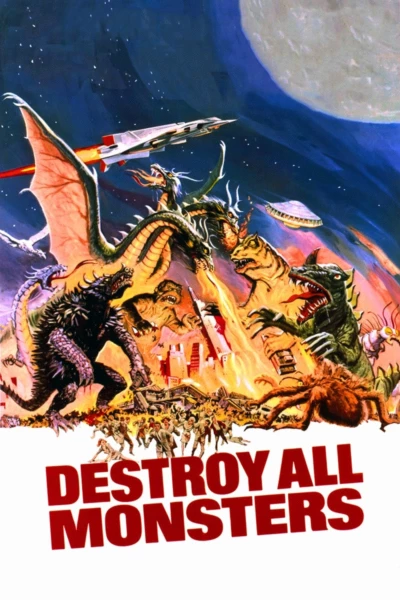
Destroy All Monsters (1968)
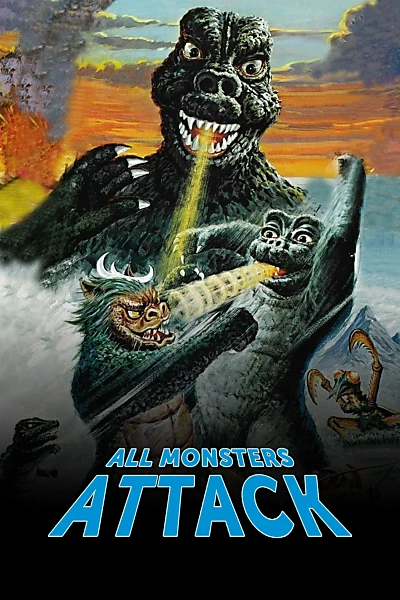
All Monsters Attack (1969)
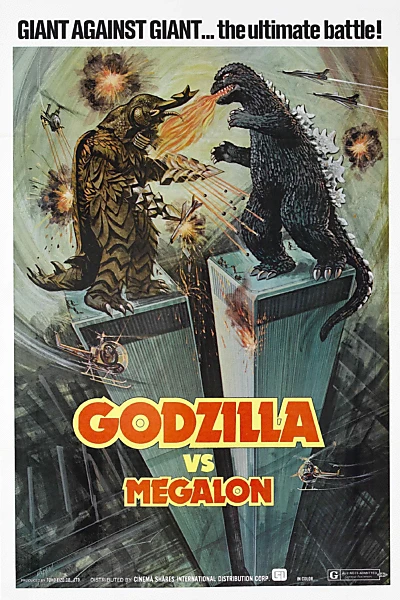
Godzilla vs. Megalon (1973)

Godzilla vs. Gigan (1972)
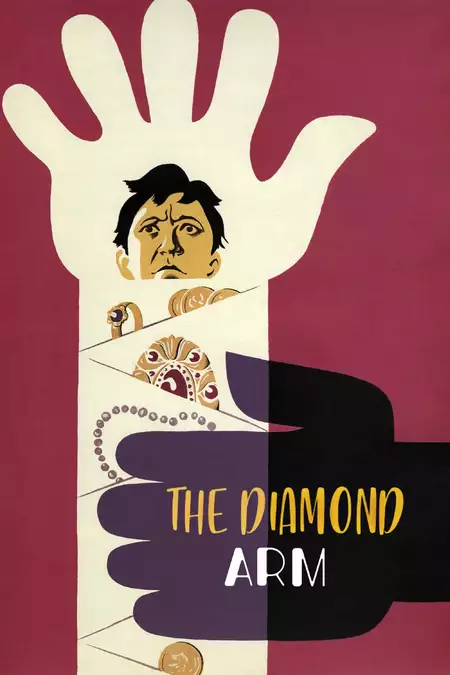
The Diamond Arm (1969)

Serial Teachers 2 (2015)

The Radiator Springs 500½ (2014)
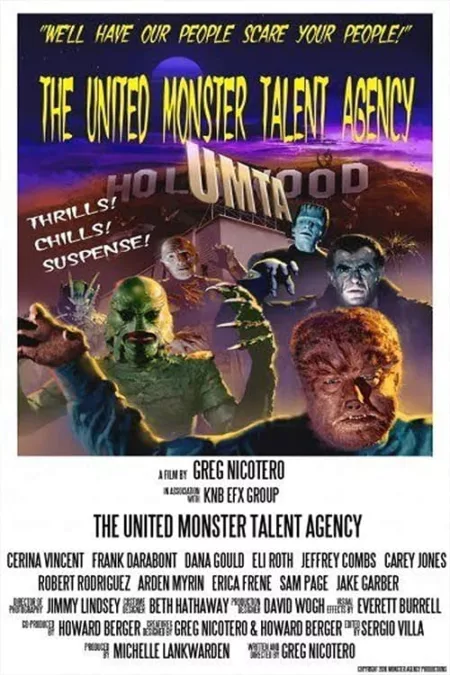
The United Monster Talent Agency (2010)

Kev Adams - Voilà Voilà (2014)
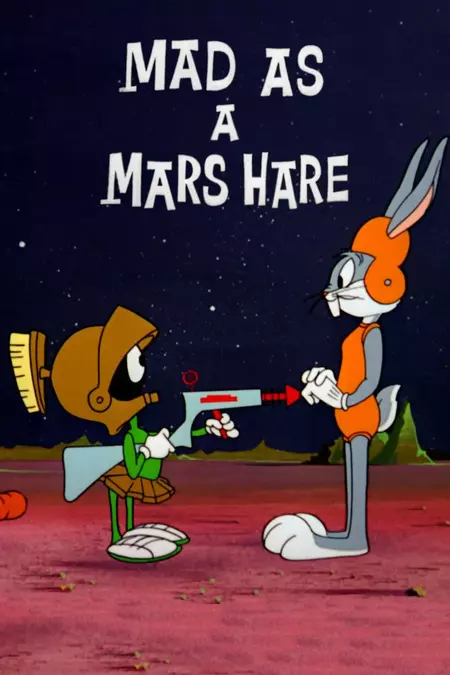
Mad as a Mars Hare (1963)

Thugs with Dirty Mugs (1939)

Joy in Moscow (1992)

Farewell Moscow (1987)
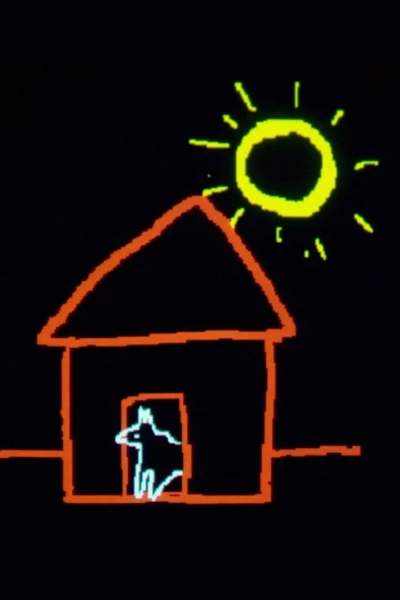
Lo (2017)

Panda (2020)








